News
The Circle – An Interview with director James Ponsoldt
Privacy has become a rare commodity, if it exists at all. We must assume that all of our phone calls and messages are being monitored. Somebody’s always watching. The only sanctuary left exists in our minds, with our thoughts, but what if this fell away? What if “they” could read our minds the same way they read our emails?

THE CIRCLE, TOM HANKS, 2017. PH: FRANK MASI/© EUROPACORP USA
This is the frightening premise of the new thriller film The Circle, which is based on Dave Eggers’ 2013 novel. The Circle is the name of a powerful Internet corporation that trades in freedom, privacy, and surveillance. Tom Hanks, who also produced the film, plays the head of the corporation. Emma Watson plays a young tech worker who joins The Circle and quickly unearths a conspiracy that could affect the future of humanity.

THE CIRCLE, EMMA WATSON, 2017. PH: FRANK MASI/© EUROPACORP USA
I recently had the chance to talk to James Ponsoldt, the director of The Circle, which opens in wide release on April 28.
DG: How would you describe the plot of the film?
JP: Mae Holland, a young woman who’s been out of college for a couple of years, isn’t happy with her post-college life. She has a boring job, and she’s living with her parents, and it’s very bleak. Then a friend of hers from college contacts her out of the blue and tells Mae that there’s a job opening at the company the friend works at, which is called The Circle. Mae gets a job at the company, which seems like a dream job to her. She starts off in the customer experience department, which is like being a customer service rep but much more exciting than the customer service rep job Mae was working in at the start of the film. This dream job becomes Mae’s life. It’s like a religion. There’s a cult-like aspect to The Circle, and she becomes a true believer. A utopian environment seems to exist within the corporation, and it takes over Mae’s life. Then she becomes the face of the company. This is when she begins to learn about everything that’s going on inside the company.
DG: What attracted you to this project?
JP: I loved the book. It stirred my imagination. I was swept up in Mae’s journey, which is a fascinating, strange journey. I felt a deep bond with her as I read the book, so much so that I felt protective of her. Then, as I continued through the book, I began to find parts of her character and personality unappealing, which really threw me. I had access to her thoughts, which is one of the key elements of the story, and then I realized: What if someone could read my thoughts? Well, maybe they wouldn’t like me so much either.
DG: What do you think audiences will find most compelling and frightening about the film?
JP: Our relationship with our devices, gadgets, has become frightening, and that’s what the film is about. I was horrified when I read the book, because it made me realize how addicted I was to technology. Could I let go of all of my gadgets? My wife and I were about to have our first child when the book came out, and the book made me think about the world that my child was about to enter. Now I have two children, and I hope the film makes people feel the same way. How much freedom and privacy will my children have in the future? How much will their lives be documented, and how much choice do we have over this?

DG: Having adapted books previously, what were the challenges you faced in turning The Circle into a feature film?
JP: I wouldn’t say this film shows an alternate vision of the future as much as it represents an alternate version of now. Because of that, it was vital that the film appear to be relevant, and I was very worried about how the film would age. When you make a film, you usually can’t worry about how your film will age in five or ten years, but I had to think this way with The Circle. While the book seemed very speculative when it came out in 2013, the ideas and themes are much closer to reality now, so how will the story appear in five years? However, the book really wasn’t about the technology. It was about our lives. It was about people and humanity and privacy, and the potential for our world to turn into a surveillance state. Having said that, nothing dates a film like its technology, so how we showed the gadgets was very important. In our film, there’s no Apple, no Facebook, and there’s no Twitter. There are Circle products, and the devices in the film don’t exist in our world yet, so people won’t be able to look at this film in ten years and laugh about how outdated the devices are.

DG: What did Tom Hanks and Emma Watson bring to this project that surprised you?
JP: I knew they were great actors, but what surprised me was how they respond to their massive followings, especially Tom. They understand that millions of people watch what they do and say, and they’re very cognizant of this, which relates to the film. This isn’t ego or vanity on their part: They’re famous actors, and the reality is that millions of people are following them, which gives them a very rare, unique perspective.
They communicate with their followers through technology. They have to. The film presents a possible future where everyone can become a celebrity, which isn’t far off from what’s happening today. Everyone has a website, and a social media platform, and everyone wants to feel important and to have their voice heard.
Tom, in particular, has been a major star for so many years, for decades, and he had a unique take on this film and its themes. He’s a producer on the film, and he was a champion of the book. He’s not the star of the film, which is very interesting, a new role for him. Emma’s the lead in the film, and because Emma and Tom are at very different points in their careers, they have different takes on the power of social media but also a deep understanding of its power. How many other people, celebrities, understand more than Emma and Tom do the power of social media and the paranoia of celebrity, of feeling that someone’s watching you at every moment in your life? It’s scary.
'Civil War' Review: Is It Worth Watching?
Follow our new YouTube channel "Mysteries and Movies" here.

Lists
Thrills and Chills: Ranking ‘Radio Silence’ Films from Bloody Brilliant to Just Bloody
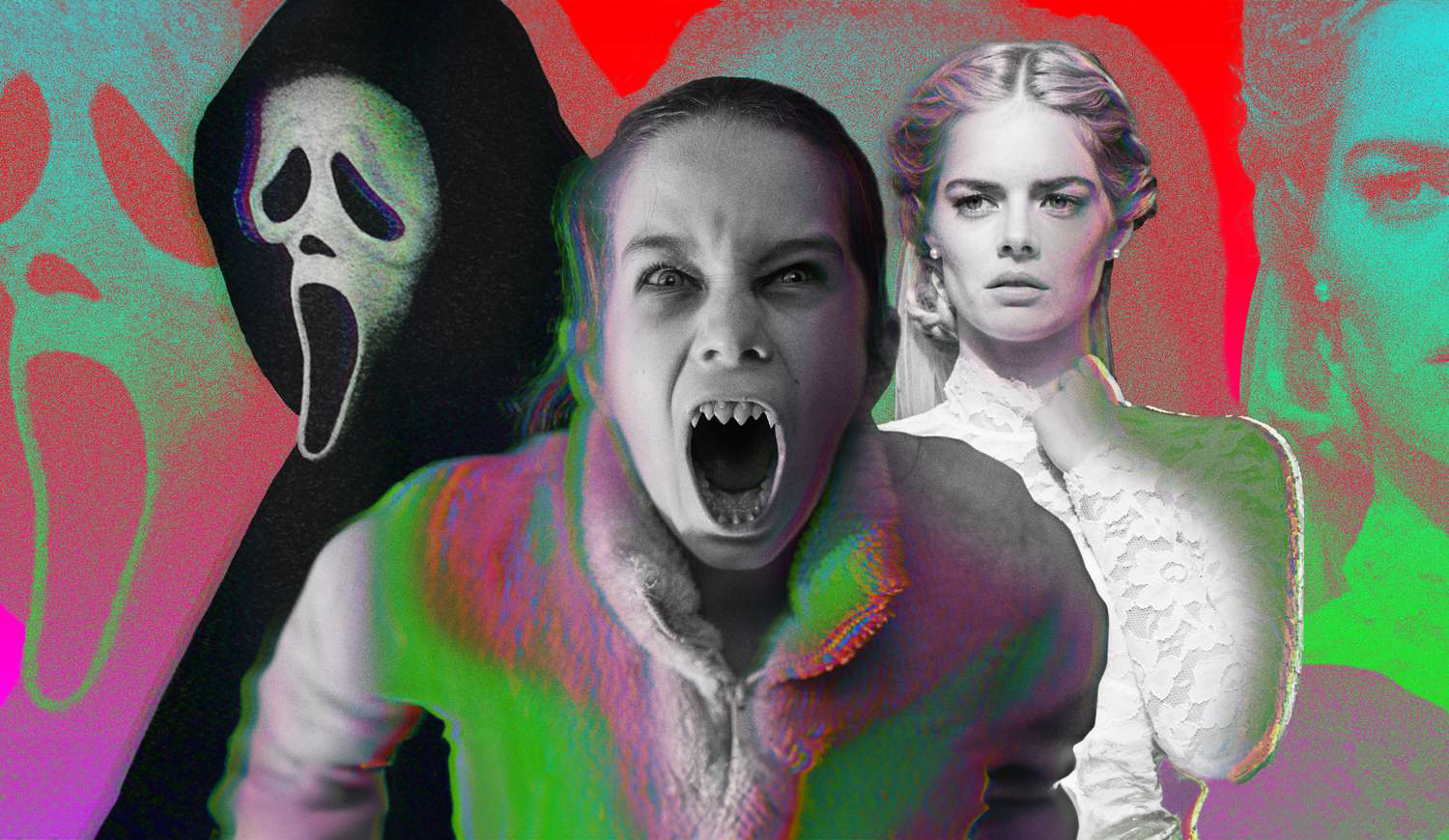
Matt Bettinelli-Olpin, Tyler Gillett, and Chad Villella are all filmmakers under the collective label called Radio Silence. Bettinelli-Olpin and Gillett are the primary directors under that moniker while Villella produces.
They have gained popularity over the past 13 years and their films have become known as having a certain Radio Silence “signature.” They are bloody, usually contain monsters, and have breakneck action sequences. Their recent film Abigail exemplifies that signature and is perhaps their best film yet. They are currently working on a reboot of John Carpenter’s Escape From New York.
We thought we would go through the list of projects they have directed and rank them from high to low. None of the movies and shorts on this list are bad, they all have their merits. These rankings from top to bottom are just ones we felt showcased their talents the best.
We didn’t include movies they produced but didn’t direct.
#1. Abigail
An update to the second film on this list, Abagail is the natural progression of Radio Silence’s love of lockdown horror. It follows in pretty much the same footsteps of Ready or Not, but manages to go one better — make it about vampires.
#2. Ready or Not
This film put Radio Silence on the map. While not as successful at the box office as some of their other films, Ready or Not proved that the team could step outside their limited anthology space and create a fun, thrilling, and bloody adventure-length film.
#3. Scream (2022)
While Scream will always be a polarizing franchise, this prequel, sequel, reboot — however you want to label it showed just how much Radio Silence knew the source material. It wasn’t lazy or cash-grabby, just a good time with legendary characters we love and new ones who grew on us.
#4 Southbound (The Way Out)
Radio Silence tosses their found footage modus operandi for this anthology film. Responsible for the bookend stories, they create a terrifying world in their segment titled The Way Out, which involves strange floating beings and some sort of time loop. It’s kind of the first time we see their work without a shaky cam. If we were to rank this entire film, it would remain at this position on the list.
#5. V/H/S (10/31/98)
The film that started it all for Radio Silence. Or should we say the segment that started it all. Even though this isn’t feature-length what they managed to do with the time they had was very good. Their chapter was titled 10/31/98, a found-footage short involving a group of friends who crash what they think is a staged exorcism only to learn not to assume things on Halloween night.
#6. Scream VI
Cranking up the action, moving to the big city and letting Ghostface use a shotgun, Scream VI turned the franchise on its head. Like their first one, this film played with canon and managed to win over a lot of fans in its direction, but alienated others for coloring too far outside the lines of Wes Craven’s beloved series. If any sequel was showing how the trope was going stale it was Scream VI, but it managed to squeeze some fresh blood out of this nearly three-decade mainstay.
#7. Devil’s Due
Fairly underrated, this, Radio Silence’s first feature-length film, is a sampler of things they took from V/H/S. It was filmed in an omnipresent found footage style, showcasing a form of possession, and features clueless men. Since this was their first bonafide major studio job it’s a wonderful touchstone to see how far they have come with their storytelling.
'Civil War' Review: Is It Worth Watching?
Follow our new YouTube channel "Mysteries and Movies" here.
News
Perhaps the Scariest, Most Disturbing Series of The Year

You may have never heard of Richard Gadd, but that will probably change after this month. His mini-series Baby Reindeer just hit Netflix and it’s a terrifying deep dive into abuse, addiction, and mental illness. What is even scarier is that it’s based on Gadd’s real-life hardships.
The crux of the story is about a man named Donny Dunn played by Gadd who wants to be a stand-up comedian, but it’s not working out so well thanks to stage fright stemming from his insecurity.
One day at his day job he meets a woman named Martha, played to unhinged perfection by Jessica Gunning, who is instantly charmed by Donny’s kindness and good looks. It doesn’t take long before she nicknames him “Baby Reindeer” and begins to relentlessly stalk him. But that is just the apex of Donny’s problems, he has his own incredibly disturbing issues.
This mini-series should come with a lot of triggers, so just be warned it is not for the faint of heart. The horrors here don’t come from blood and gore, but from physical and mental abuse that go beyond any physiological thriller you may have ever seen.
“It’s very emotionally true, obviously: I was severely stalked and severely abused,” Gadd said to People, explaining why he changed some aspects of the story. “But we wanted it to exist in the sphere of art, as well as protect the people it’s based on.”
The series has gained momentum thanks to positive word-of-mouth, and Gadd is getting used to the notoriety.
“It’s clearly struck a chord,” he told The Guardian. “I really did believe in it, but it’s taken off so quickly that I do feel a bit windswept.”
You can stream Baby Reindeer on Netflix right now.
If you or someone you know has been sexually assaulted, please contact the National Sexual Assault Hotline at 1-800-656-HOPE (4673) or go to rainn.org.
'Civil War' Review: Is It Worth Watching?
Follow our new YouTube channel "Mysteries and Movies" here.
Movies
The Original ‘Beetlejuice’ Sequel Had an Interesting Location
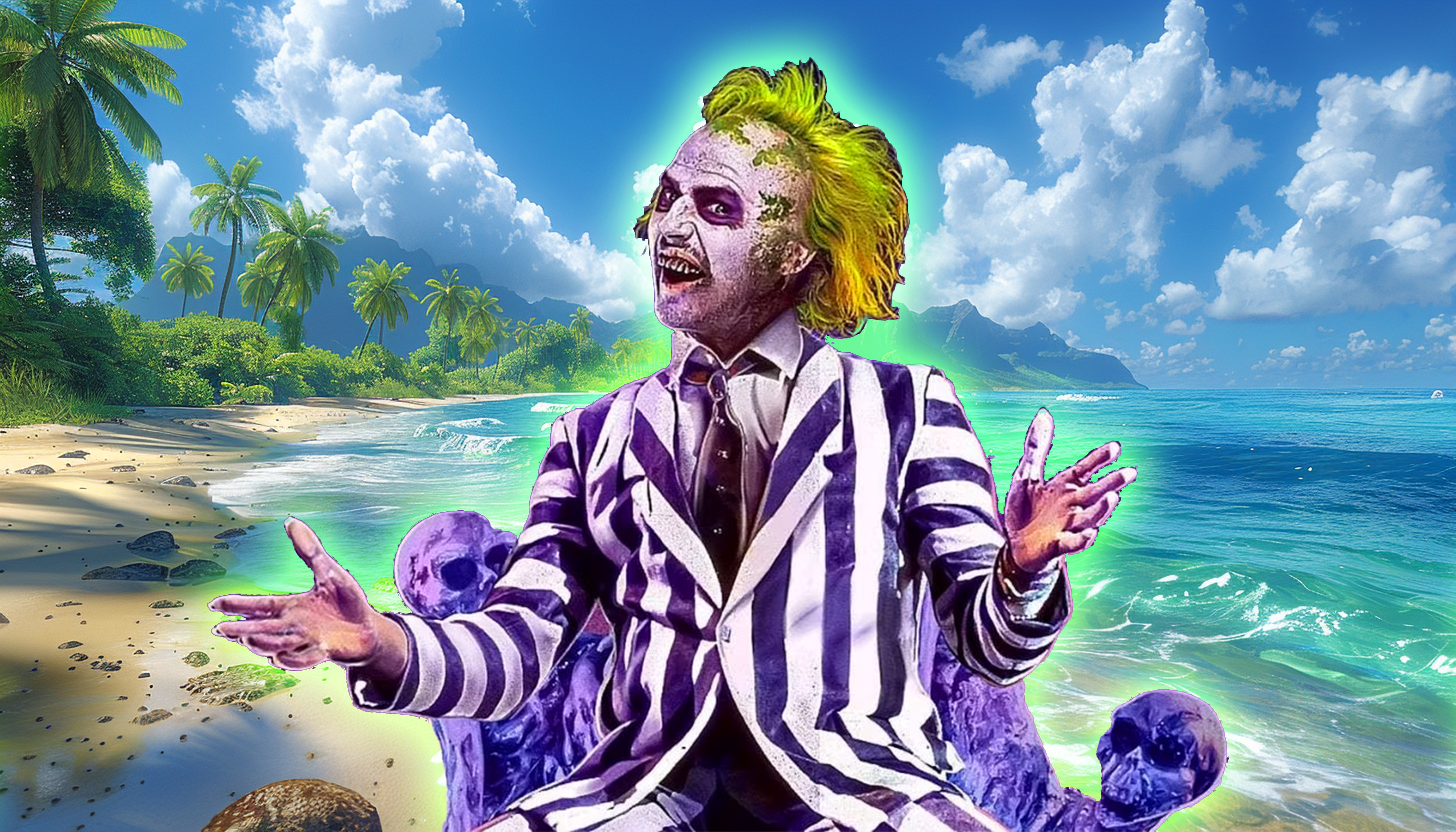
Back in the late ’80s and early ’90s sequels to hit movies weren’t as linear as they are today. It was more like “let’s re-do the situation but in a different location.” Remember Speed 2, or National Lampoon’s European Vacation? Even Aliens, as good as it is, follows a lot of the plot points of the original; people stuck on a ship, an android, a little girl in peril instead of a cat. So it makes sense that one of the most popular supernatural comedies of all time, Beetlejuice would follow the same pattern.
In 1991 Tim Burton was interested in doing a sequel to his 1988 original, it was called Beetlejuice Goes Hawaiian:
“The Deetz family moves to Hawaii to develop a resort. Construction begins, and it’s quickly discovered that the hotel will be sitting on top of an ancient burial ground. Beetlejuice comes in to save the day.”
Burton liked the script but wanted some re-writes so he asked then-hot screenwriter Daniel Waters who had just got done contributing to Heathers. He passed on the opportunity so producer David Geffen offered it to Troop Beverly Hills scribe Pamela Norris to no avail.
Eventually, Warner Bros. asked Kevin Smith to punch up Beetlejuice Goes Hawaiian, he scoffed at the idea, saying, “Didn’t we say all we needed to say in the first Beetlejuice? Must we go tropical?”
Nine years later the sequel was killed. The studio said Winona Ryder was now too old for the part and an entire re-cast needed to happen. But Burton never gave up, there were a lot of directions he wanted to take his characters, including a Disney crossover.
“We talked about lots of different things,” the director said in Entertainment Weekly. “That was early on when we were going, Beetlejuice and the Haunted Mansion, Beetlejuice Goes West, whatever. Lots of things came up.”
Fast-forward to 2011 when another script was pitched for a sequel. This time the writer of Burton’s Dark Shadows, Seth Grahame-Smith was hired and he wanted to make sure the story wasn’t a cash-grabbing remake or reboot. Four years later, in 2015, a script was approved with both Ryder and Keaton saying they would return to their respective roles. In 2017 that script was revamped and then eventually shelved in 2019.
During the time the sequel script was being tossed around in Hollywood, in 2016 an artist named Alex Murillo posted what looked like one-sheets for a Beetlejuice sequel. Although they were fabricated and had no affiliation with Warner Bros. people thought they were real.
Perhaps the virality of the artwork sparked interest in a Beetlejuice sequel once again, and finally, it was confirmed in 2022 Beetlejuice 2 had a green light from a script written by Wednesday writers Alfred Gough and Miles Millar. The star of that series Jenna Ortega signed on to the new movie with filming starting in 2023. It was also confirmed that Danny Elfman would return to do the score.
Burton and Keaton agreed that the new film titled Beetlejuice, Beetlejuice wouldn’t rely on CGI or other other forms of technology. They wanted the film to feel “handmade.” The film wrapped in November 2023.
It’s been over three decades to come up with a sequel to Beetlejuice. Hopefully, since they said aloha to Beetlejuice Goes Hawaiian there has been enough time and creativity to ensure Beetlejuice, Beetlejuice will not only honor the characters, but fans of the original.
Beetlejuice, Beetlejuice will open theatrically on September 6.
'Civil War' Review: Is It Worth Watching?
Follow our new YouTube channel "Mysteries and Movies" here.
-

 News6 days ago
News6 days agoWoman Brings Corpse Into Bank To Sign Loan Papers
-

 News7 days ago
News7 days agoHome Depot’s 12-Foot Skeleton Returns with a New Friend, Plus New Life-Size Prop from Spirit Halloween
-

 News5 days ago
News5 days agoBrad Dourif Says He’s Retiring Except For One Important Role
-

 Strange and Unusual5 days ago
Strange and Unusual5 days agoMan Arrested for Allegedly Taking a Severed Leg From Crash Site And Eating It
-

 Movies6 days ago
Movies6 days agoPart Concert, Part Horror Movie M. Night Shyamalan’s ‘Trap’ Trailer Released
-
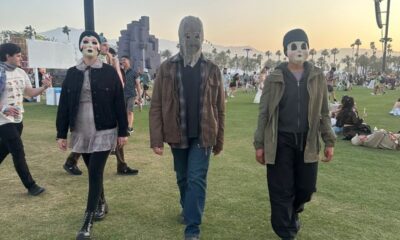
 Movies7 days ago
Movies7 days ago‘The Strangers’ Invaded Coachella in Instagramable PR Stunt
-

 Movies6 days ago
Movies6 days agoAnother Creepy Spider Movie Hits Shudder This Month
-
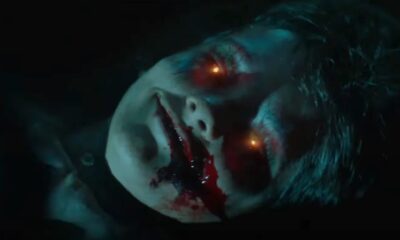
 Movies6 days ago
Movies6 days agoRenny Harlin’s Recent Horror Movie ‘Refuge’ Releasing in U.S. This Month
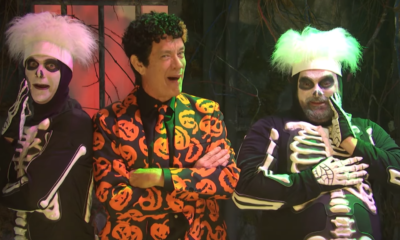

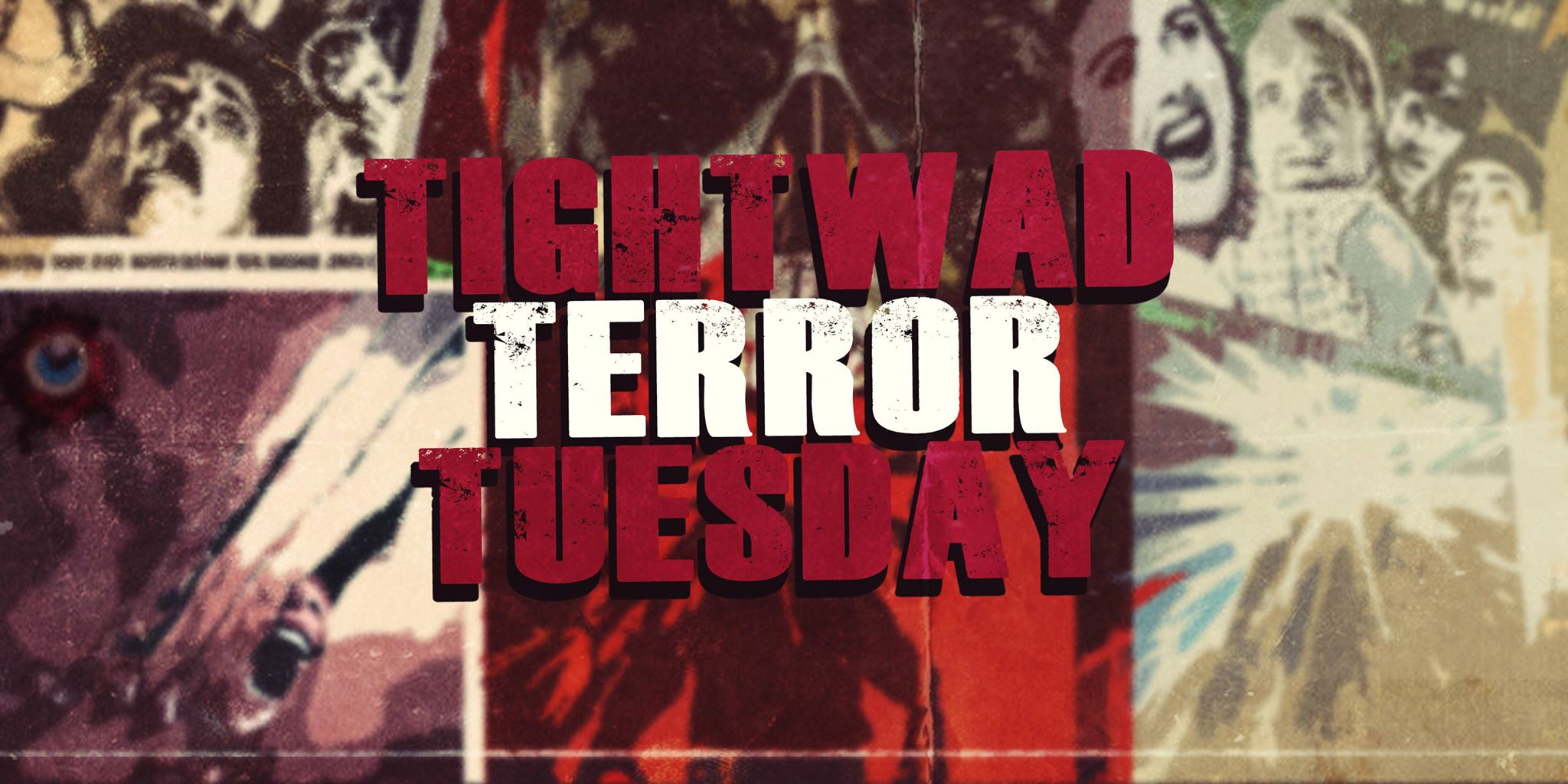


















You must be logged in to post a comment Login